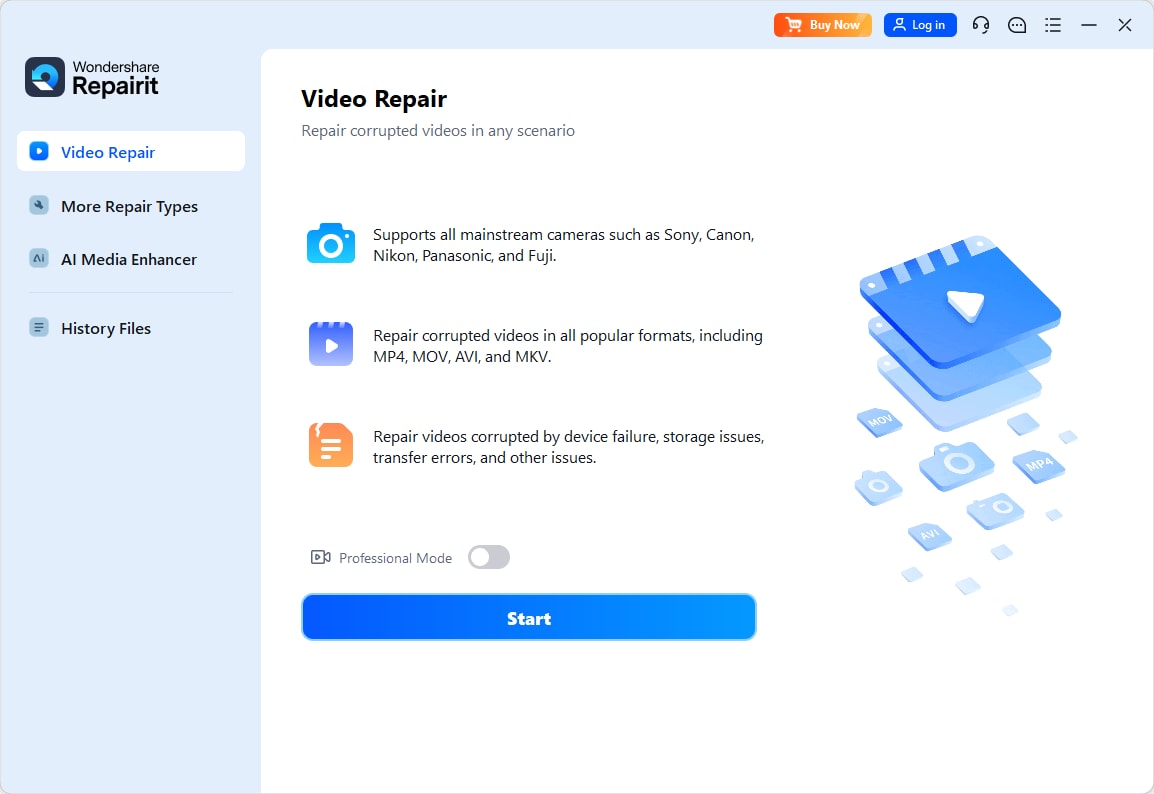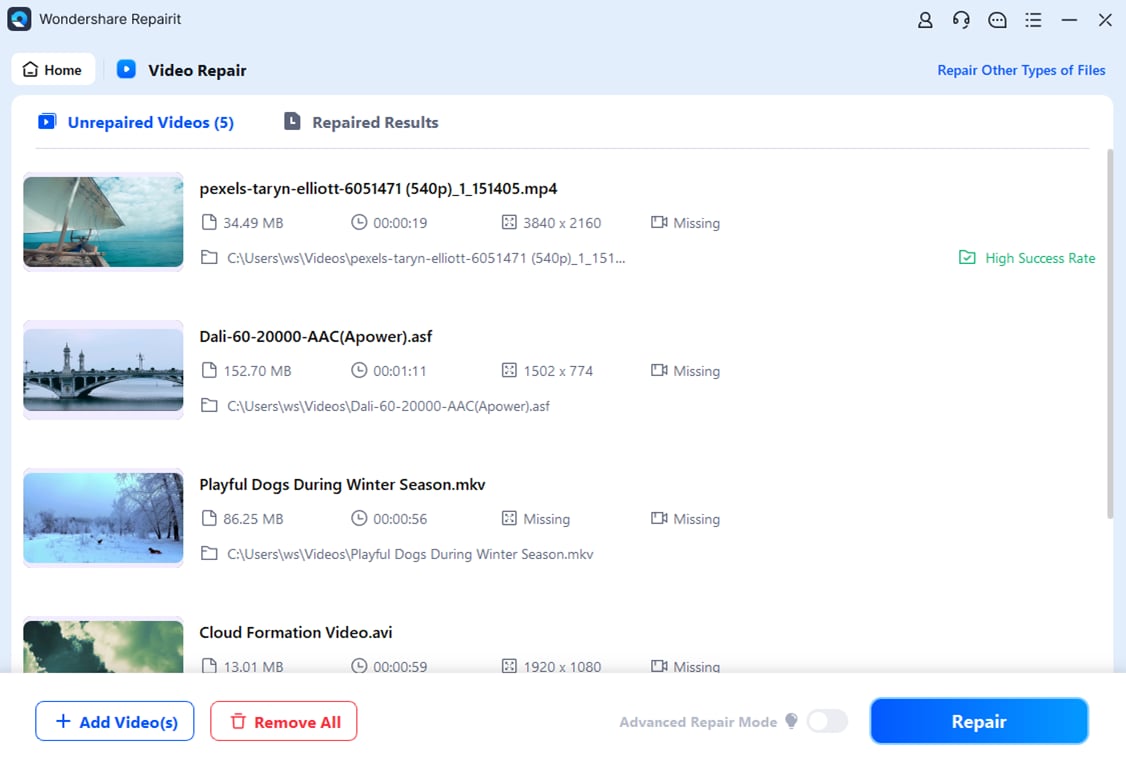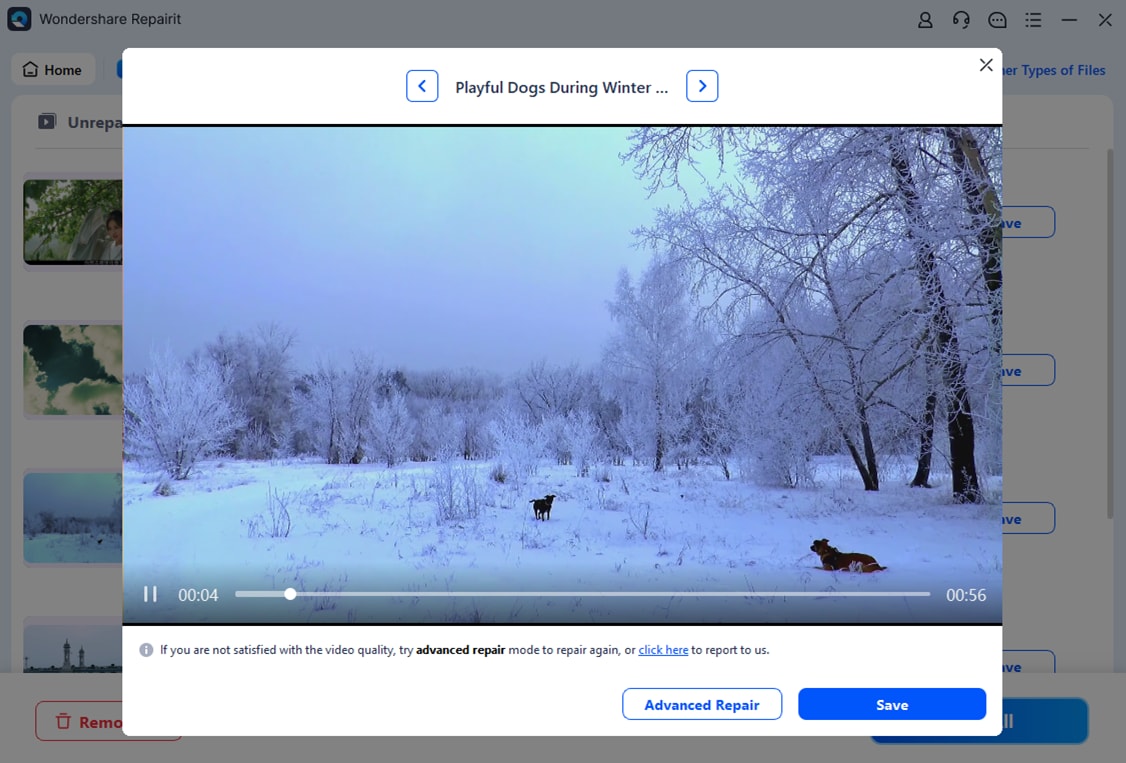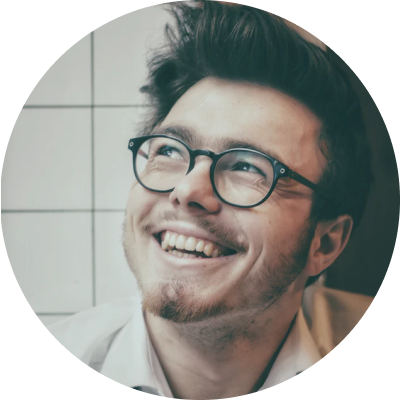Have you ever looked at a list of video formats and felt completely lost? Don't worry, you're not the only one. When it comes to making videos, picking the right format is really important. One format that often comes up is Apple ProRes, but there are different types like ProRes 422 LT, ProRes 422 HQ, and more, which can be confusing.
In this easy-to-follow guide, we'll explain what Apple ProRes LT 422 HQ is and its different types. We'll look at what makes ProRes LT 422 special, how it compares to other formats, and why it could be the best choice for your next video project.
In this article
Part 1: Overview of Apple ProRes 422 LT

Apple ProRes 422 LT is part of the highly regarded ProRes series of video codecs created by Apple Inc. The "LT" in ProRes 422 LT means "Light," showing that it's a more compressed version of the regular ProRes 422 codec. This compression helps to create smaller file sizes. While still keeping high-quality images, making it a good choice for many video professionals.
ProRes 422 LT, like other ProRes codecs, aims to combine high-quality video with manageable file sizes. It supports full-width, 10-bit pixel depth, and 4:2:2 chroma subsampling. This means it can capture a wide range of colors and maintain excellent image quality during the post-production process.
However, the LT version uses a lower data rate than its counterparts, which results in smaller file sizes. This is a key factor when dealing with large amounts of footage or when storage space is limited.
Part 2: ProRes 422 LT VS Regular ProRes 422: What's the Difference?

When you look at ProRes 422 LT and regular ProRes 422, the biggest difference is how much they compress the video and the size of the files they create. Regular ProRes 422 gives better picture quality but makes bigger files.
ProRes 422 LT compresses the video more, which makes smaller files, but it still keeps very good picture quality for a lot of uses.
Here's a breakdown of the key differences:
- Data Rate: ProRes 422 LT has a target data rate of approximately 102 Mbps at 1920x1080 and 29.97 fps, while regular ProRes 422 targets about 147 Mbps under the same conditions. This means ProRes 422 LT files are roughly 30% smaller than regular ProRes 422 files.
- Image Quality: While both codecs offer high-quality output, regular ProRes 422 will generally provide slightly better image quality due to its lower compression. However, for many projects, the difference may be negligible, especially in situations where the footage won't undergo extensive color grading or effects work.
- Storage Requirements: Thanks to its lower data rate, ProRes 422 LT requires less storage space. This can be a significant advantage when dealing with large amounts of footage or working with limited storage capacity.
- Performance: Both codecs offer excellent editing performance in compatible software. However, the lower data rate of ProRes 422 LT may provide smoother playback on less powerful systems or when working with multiple streams simultaneously.
- Flexibility in Post-production: While both codecs offer good flexibility for color grading and effects work. The regular ProRes 422 may provide slightly more headroom for extensive manipulations due to its lower compression.
When deciding between ProRes 422 LT and regular ProRes 422, it's essential to consider your project's specific needs. If storage space is a concern and you don't anticipate heavy post-production work, ProRes 422 LT could be the ideal choice. However, if you're working on a project that requires the highest possible quality and you have ample storage, regular ProRes 422 might be the better option.
Part 3: Why Pick ProRes 422 LT among Other Codecs?

Choosing the right codec for your video project can significantly impact your workflow, final output quality, and even your budget. ProRes 422 LT stands out among other codecs for several reasons:
Excellent Balance of Quality and File Size
ProRes 422 LT offers a sweet spot between high-quality video and manageable file sizes. This balance is particularly beneficial for projects where storage space is a concern, but image quality can't be compromised.
Efficient Editing Performance
The relatively lower data rate of ProRes 422 LT compared to its higher-end siblings means it's less taxing on computer systems during editing. This can result in smoother playback and more responsive editing, especially on less powerful machines or when working with multiple video streams.
10-bit Color Depth
Unlike some other intermediate codecs, ProRes 422 LT supports 10-bit color depth. This provides a wider range of colors and smoother gradients compared to 8-bit codecs, offering more flexibility in color grading and effects work.
Efficient Transcoding
When working with high-bitrate camera originals, transcoding to ProRes 422 LT can significantly reduce file sizes while maintaining high quality, streamlining the post-production process.
Ideal for Intermediate Workflow
ProRes 422 LT serves as an excellent intermediate codec. It's perfect for situations where you need to transcode from camera originals for editing, but don't require the absolute highest quality (and larger file sizes) of ProRes 422 HQ.
Part 4: How to Repair Corrupt ProRes 422 LT Video File?
Even though the ProRes codec family, which includes ProRes 422 LT, is strong and reliable, video files can sometimes get damaged for different reasons like bad file transfers, problems with storage devices, or sudden power cuts during recording or editing.
If you have a damaged ProRes 422 LT video file, there are a few things you can do to try to fix it. But one tool that works really well and is easy to use is the Repairit Video Repair Tool.
Wondershare Repairit is a high-quality software made just for fixing damaged video files, including ProRes 422 LT. That's why a lot of professionals use it:

-
Advanced Repair Techniques: Repairit uses advanced techniques to fix different kinds of video problems, from small errors to big file issues.
-
Handles Many Video Types: Although we're concentrating on ProRes 422 LT, Repairit works with many video types, making it a useful tool for any video expert.
-
Easy-to-Use Interface: Unlike some complicated repair tools, Repairit has a simple interface that helps you fix videos step by step.
-
Check and Choose Repairs: You can see the fixed video before saving it, so you know it's what you want.
-
Fix Multiple Files at Once: If you have several damaged files, Repairit can fix them all at the same time, saving you time and work.
To use Repairit, follow these steps:
Step 1: Install the software from the official Wondershare Repairit Video Repair website. Launch the tool and add your corrupted ProRes 422 LT file.

Step 2: Click "Repair" and let the software work its magic.

Step 3: Preview the repaired video and save it if you're satisfied with the result.

Repair Corrupt ProRes 422 LT Video File with Security Now

Part 5: Tips to Choose the Right Version of ProRes for Your Project
Selecting the appropriate ProRes codec for your project is crucial for achieving the best balance between quality, performance, and storage efficiency.
- Consider Your End Goal: For broadcast TV, use ProRes 422 HQ. Web video often works well with ProRes 422 LT. Film production might require ProRes 4444 or ProRes 4444 XQ.
- Think About Your Storage Space: If you have lots of space, go for higher quality like ProRes 422 HQ. With limited space, ProRes 422 LT is a good compromise.
- Check Your Computer's Power: Powerful computers can handle any ProRes version. Older or slower computers may work better with ProRes 422 LT.
- Look at Your Source Footage: Match high-quality original footage with higher-quality ProRes. For lower-quality sources, ProRes 422 LT might be enough.
- Consider Your Editing Needs: Heavy color grading or effects work better with ProRes 422 HQ or ProRes 4444. For simple edits, ProRes 422 LT can suffice.
- Plan for Future Use: Use higher quality variants for archiving footage. Short-term projects often do well with ProRes 422 LT.
- Test Before Committing: Try different ProRes versions with your footage. Choose the one that balances quality and performance for your specific needs.
Conclusion
Throughout this article, we've looked at Apple ProRes 422 LT, a strong and flexible video format that does a great job of balancing quality and efficiency. It shows Apple's dedication to giving high-quality tools for making videos. Whether you're an experienced video editor or just starting out, knowing about ProRes 422 LT can really improve how you work and the quality of your videos.
FAQ
-
How does ProRes 422 LT compare to ProRes 422 HQ?
ProRes 422 LT offers smaller file sizes compared to ProRes 422 HQ but with slightly lower image quality. ProRes 422 HQ provides higher quality and is often preferred for broadcast, while ProRes 422 LT balances quality with efficiency, making it suitable for many professional applications where storage space is a concern. -
Can I use ProRes 422 LT for broadcast projects?
Yes, ProRes 422 LT meets the requirements for many broadcast standards. However, some broadcasters may prefer ProRes 422 HQ for its higher quality. Always check with your specific broadcaster for their requirements. -
Is ProRes 422 LT suitable for color grading?
While ProRes 422 LT supports 10-bit color depth and 4:2:2 chroma subsampling, making it suitable for color grading, projects requiring extensive color work might benefit from using higher-quality variants like ProRes 422 HQ or ProRes 4444.

 ChatGPT
ChatGPT
 Perplexity
Perplexity
 Google AI Mode
Google AI Mode
 Grok
Grok

